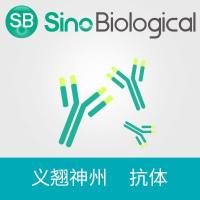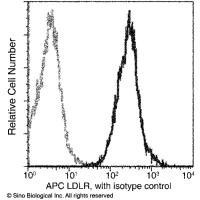Biochemical Responses to Chemoattractants in Dictyostelium: Ligand-Receptor Interactions and Downstream Kinase Activation
互联网
384
Dictyostelium discoideum is one of the most facile eukaryotic systems for the study of chemotactic response to secreted chemical ligands. Dictyostelium grow as individual cells, using bacteria and fungi as primary nutrient sources; during growth, Dictyostelium moves directionally toward folate, a bacterial byproduct. Upon nutrient depletion Dictyostelium initiates a multicellular development program characterized by the production and secretion of cAMP. Cell surface receptors specifically recognize extracellular cAMP, which serves as both a morphogen to promote development and a chemoattractant to organize multicellularity. We discuss several approaches for the study of ligand–receptor interaction, with focus on affinity class determination and quantification of ligand binding sites (i.e., receptors) per cell. We further present examples for the application of biochemical assays to characterize the ligand-induced kinase activation of PI3K, GSK3, and ERK2.








